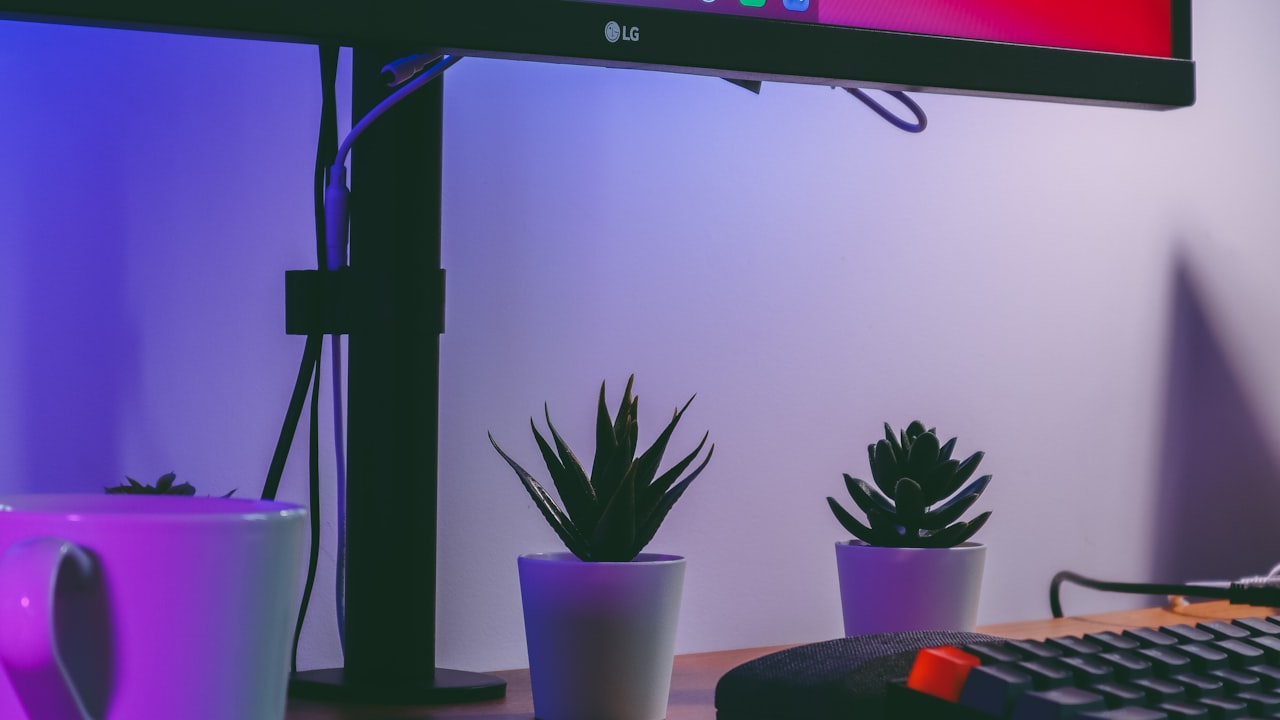The initial technology used for lighting devices was High-intensity Discharge, which used a heat metallic filament to produce luminance. Since the technology requires electrodes and filaments to operate, the overall size of the devices was limitedly reduceable. However, since LED lights use a radiating material, they are significantly more compact.
LED technology in light fixtures is standard nowadays as these lights are energy-efficient, reliable, and lightweight. A led strip is the most common illustration. Although technology is a common preference nowadays, most buyers still need to learn about the ideal use case of LED strip light fixtures.
If you are one of those, tag along! The excerpt discusses some great applications for your newly bought LED strip fixture!
Where To Use LED Light Fixtures?
Before jumping into the applications of LED strip light fixtures, let’s quickly understand what it is. As the name explains, an LED strip fixture looks like a regular light fixture, but the lightning source is a light-emitting diode instead of a metal filament. These lights are usable anywhere. However, the below pointers will give a hint.
Shopping Centers
Shopping centers and retail shops require various kinds of lights. For instance, they need luminance for their sign board, product display, and other decorations. Conventional lights perform these jobs well, but they take a significant toll on the owner's pockets in electricity bills.
Using LED strip lights helps save about 80% of the electricity costs compared to other lights. Also, some models come with computerized systems which help target the beam on the specific product to increase its visibility. You can also install more petite LED strips in different sections for easy navigation.
Offices
Although most office work has digitalized, having a sound lighting system impacts the staff's productivity. Also, it makes the place look more formal. Most office owners use LED strip lights in meeting rooms, working booths, and presentation areas as they produce brilliant light without glare. Also, they have long working hours and are less prone to changing temperatures.
Warehouses
Warehouses are located in varying climatic conditions. Studies reveal that HID lights require more power in colder temperatures to generate the same amount of light. LED strip lights are above that. They perform optimally in both cold and hot temperatures.
Some facilities maintain a specific temperature range within the building. However, HID technology lights produce significant heat during operation and can affect the surrounding temperature (especially if the space is closed). LED strip lights are ideal for such applications as they don’t produce unnecessary heat during operation.
Healthcare
Healthcare is one of the most common applications of LED light strips. These lights are often installed in operation theaters and medicine preparation centers since they have no UV emissions, so there is no danger of contamination.
Specialty homes also use LED strip lights as they don’t produce glare and don’t irritate the patients. Moreover, they also offer intensity variation, which is a plus in sensitive settings.
The Bottom Line
LED strip light fixtures have significantly replaced HID lighting systems, and the reasons behind their prevalence are out in the open. LED lights are cost-effective, energy-efficient, and more enduring. Moreover, they exhibit optimal performance in all work environments and temperatures.
Due to their adaptability and compactness, LED strip light fixtures are commonly used in offices, theaters, warehouses, and other public places. Retail shops and commercial buildings also prefer them for their low-maintenance and higher working hours.


